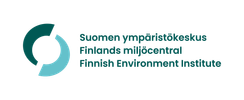Summary of the national blue-green algae monitoring June-August 2024: This year, blue-green algae blooms were observed especially in open sea and coastal areas, whereas the blue-green algae situation in inland waters varied
The warm weather in early summer brought forward blue-green algae observations, especially in the sea areas of the Gulf of Finland. In southern and south-west coastal and open sea areas, the peak of blue-green algae blooms was in June and July. The blue-green algae situation in inland waters varied, as a result of varying weather during the summer, and the most abundant blue-green algae blooms were observed mainly in Southern and Central Finland.
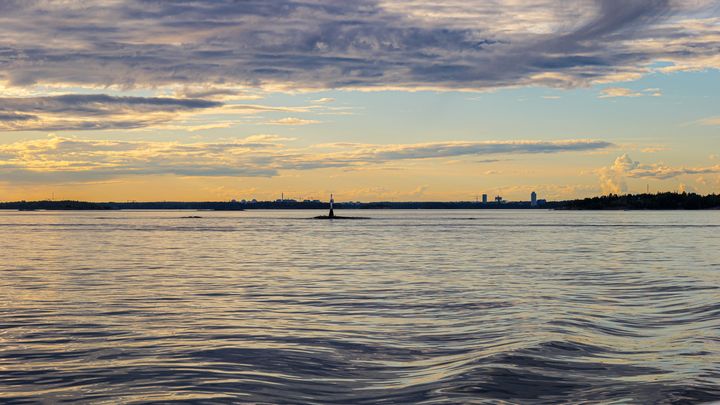
This summer, the national blue-green algae monitoring included 372 observation sites, 270 of which were located in inland waters and 102 on the coast. No blue-green algae blooms were observed in about half of the sites in inland waters, whereas only one third of the observation sites in the coastal areas remained blue-green algae-free throughout the summer.
The observation sites are visited once a week, to assess the blue-green algae situation on a four-step scale: no blue-green algae, some blue-green algae, abundant blue-green algae or very abundant blue-green algae. Abundant or very abundant blue-green algae situations occurred in 26% of inland water and 36% of sea area observation sites.
In addition to the observation sites, the citizens made nearly 2,500 observations of the blue-green algae situation through the Järvi-meriwiki and waterinfo.fi service. Blue-green algae were detected in 70% of the observations made by citizens.
Summer 2024 observations in inland waters, coastal areas and open sea areas
In June, the blue-green algae situation in inland waters was calm, as typical in early summer. As a result of the warm weather that continued over Midsummer, the occurrence of blue-green algae was high after Midsummer and, momentarily, slightly more blue-green algae were observed than is typical this time of year. In July, the amount of blue-green algae varied slightly between weeks, but the situation remained calm and blue-green algae even appeared slightly less than typically at the turn of July and August. In July, single blue-green algae observations were also made in Lapland. The warm weather in August again increased blue-green algae blooms, which were slightly more common than is typical in late summer. The most abundant blue-green algae blooms were detected mainly in Southern and Central Finland.
As a result of the warm early summer and the early warming of seawater, observations of surface blooms on the coast of the Gulf of Finland increased earlier than typical in June. In late July, the amount of blue-green algae increased in Finland's southern and south-west coastal areas, and the number of blue-green algae observations was higher than average compared to the turn of July and August in 1998–2023. At the beginning of August, the amount of blue-green algae decreased slightly and was at a typical level of the season. Blue-green algae mainly occurred on the coasts of Uusimaa and Southwest Finland, but observations were made along the coast all the way to North Ostrobothnia.
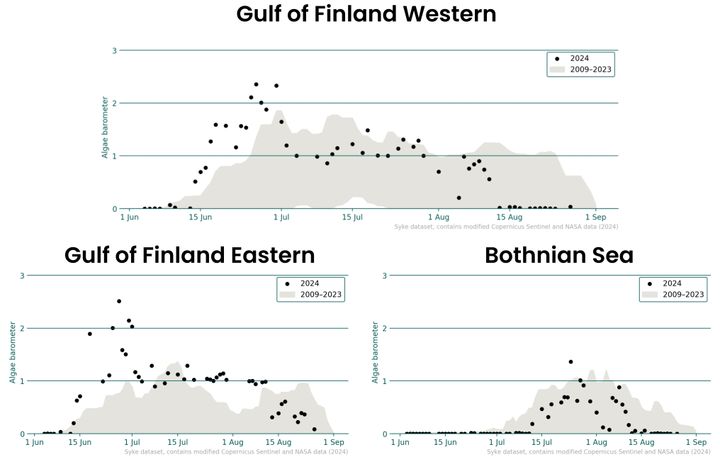
The warm early summer also advanced blue-green algae observations in the open sea areas of the Gulf of Finland. In both the eastern and western Gulf of Finland, the peak of blue-green algae blooms was reached at the end of June. In the Bothnian Sea and the Sea of Åland, blue-green algae levels began to increase in mid-July. In these open sea areas, blue-green algae blooms had a peak at the end of July. The cooled and rainy weather at the beginning of August, as well as winds mixing the water mass, reduced blue-green algae blooms in open sea areas. In the Bothnian Bay, blue-green algae were mainly observed in coastal areas.
The blue-green algae situation in open sea areas can be followed using the Tarkka service’s blue-green algae barometers compiled from satellite data. In the barometer, the observations for the current year are marked as black dots. The grey background colour describes the range of observations from 2009 to 2023, which does not include abnormally abundant single observations.
At the end of the summer, the open sea barometers are used to determine the duration, abundance and intensity of the blue-green algae blooms, which enables yearly comparison. According to the overall estimate based on barometer data, more blue-green algae were observed this year in the eastern Gulf of Finland than average. The large number of blue-green algae in the east was probably explained by the nutrients transported by the bottom currents from the main basin of the Baltic Sea, and their mixing with surface water. Also, the warm late June explains the blooms. In the western Gulf of Finland and the Bothnian Sea, blue-green algae blooming was as abundant as typical. The barometers are calculated daily based on the cloudless observations of the Sentinel-3 satellite's OLCI instrument (available in the Tarkka service).
The modelling-based risk assessment accurately predicted the occurrence of blue-green algae in open sea areas
The blue-green algae risk assessment for open sea areas in summer 2024 was prepared with AI-based modelling methods, using open sea monitoring data from the Finnish Environment Institute and the Swedish Meteorological and Hydrological Institute (SMHI) as input data, as well as coastal monitoring data from ELY Centres. Additional material was received from the Alg@line monitoring data of commercial vessels, as well as from satellite image and weather data. The prepared blue-green algae risk assessment was able to accurately predict the regional distribution and abundance of blue-green algae in the open sea areas surrounding Finland. The forecast was well able to distinguish areas where blue-green algae blooms were not observed and where there were abundant blooms. The realised blue-green algae abundance has small regional variations that the model forecast cannot capture.
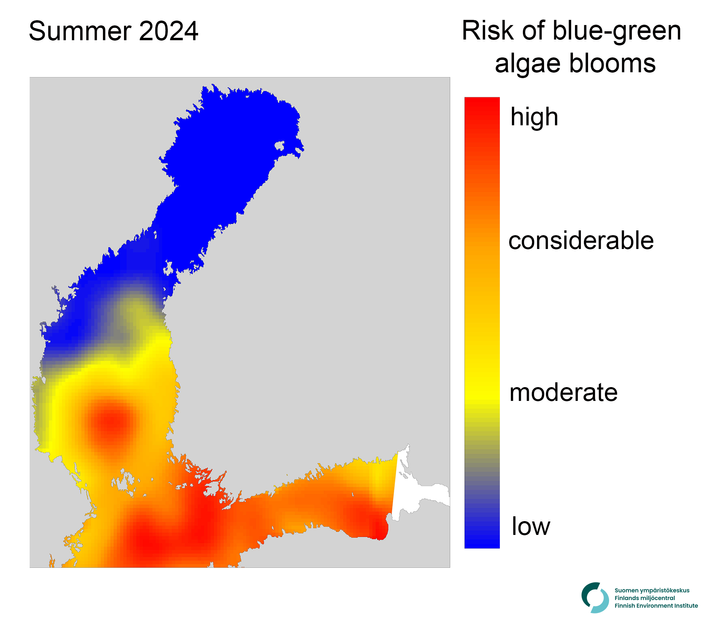
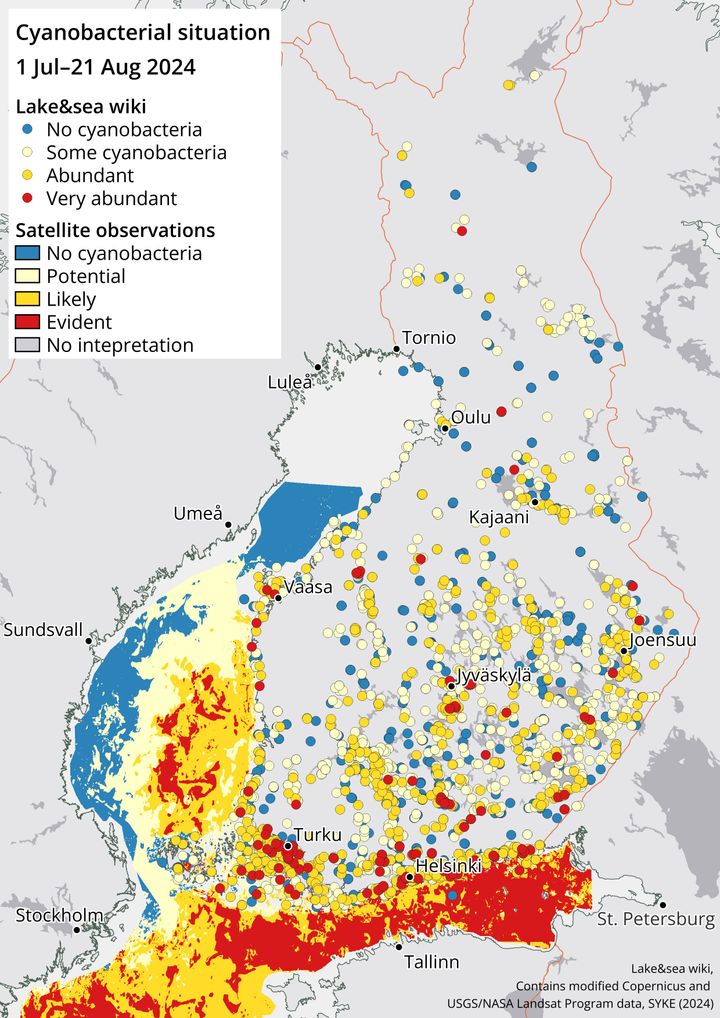
Syke monitors the occurrence of blue-green algae as part of monitoring the state of the environment
The Finnish Environment Institute Syke monitors the occurrence of blue-green algae as part of the monitoring of the state of the environment and, between June and August, publishes a weekly overview of the blue-green algae situation in inland waters and in sea areas close to Finland. The blue-green algae monitoring continues until the end of September, and the weekly national situation report was published this year between 20 June and 8 August.
The typical time for blue-green algae blooms is from the turn of June-July until August. In late summer, cool nights usually lower the surface temperatures of the waters, which may curb the occurrence of blue-green algae blooms. As the amount of daylight decreases so does the growth of blue-green algae. However, even abundant blue-green algae blooms may still occur well into the autumn. If sufficient nutrients are available for blue-green algae, the blooming may continue even under the ice cover. The phycocyanin colour pigment released from degrading blue-green algae cells can stain water and shores, as well as ice fissures to turquoise or blueish in the winter, and form turquoise paint-like mass on the shores. Degrading blue-green algae mass may also cause an unpleasant smell.
National blue-green algae monitoring has been carried out since 1998. Syke conducts the monitoring in cooperation with the Centres for Economic Development, Transport and the Environment (ELY Centres) and municipal environmental authorities. Finland’s Rotary is also participating in the blue-green algae monitoring for the fifth year. Citizens can participate in the monitoring by sending their observations to the Järvi-meriwiki through the Havaintolähetti application or via the blue-green algae map service on the Vesi.fi website.
Information on the blue-green algae situation in Finland's nearby sea areas was obtained from satellite images, the Finnish Border Guard, the marine research vessel Aranda, measurements of blue-green algae species, biomass and pigment at Utö atmospheric and marine observation station, as well as from cruise and merchant vessels fitted with Alg@line equipment. The Finnish Meteorological Institute's marine services provided up-to-date information on the surface temperature of seawater. The drifting forecasts for blue-green algae mats were prepared weekly in cooperation between Syke and the Finnish Meteorological Institute's marine services. This year, satellite observations were utilised not only in sea areas but also in approximately 70 lake areas.
Syke wants to thank all parties involved in blue-green algae observations for their important cooperation also this year!
National algae reporting
- National algae monitoring (Järvi-meriwiki)
- Itämeri.fi algae observations page
- Waterinfo.fi
- Havaintolähetti
- Algae situation summary
- Finnish meteorological institute marine weather and Baltic Sea
Satellite observations can be found in Syke's Tarkka service
Utö atmospheric and marine observation station and Alg@line monitoring
Keywords
Contacts
Communications:
Valtteri Toikka, Valtteri.Toikka@syke.fi, Tel. +358 295 251 364
Inquiries about blue-green algae situationTelephone 1 pm to 3 pm
Lakes: Tel +358 50 5734 347 or +358 295 251 326
State of the Baltic Sea: Tel +358 50 5693 297 or +358 295 251 314
Satellite observations: Tel 358 50 4707 576 or +358 295 251 329, e-mail: Eotuki@syke.fi
Media service at Finnish Environment Institute
Our Media Service provides information on research, helps journalists find experts for interviews and provides photos for media use.
Our Communication experts will answer your inquiries on weekdays from 9 am to 4 pm.
Images
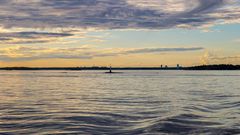
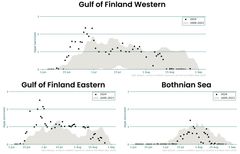
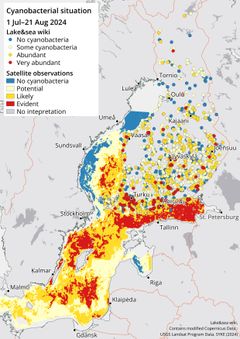
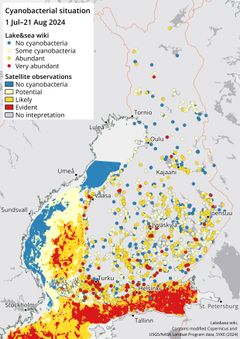
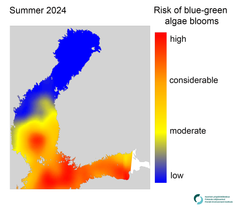
Links
Finnish Environment Institute - We build hope through research.
Finnish Environment Institute
Latokartanonkaari 11
00790 Helsinki
+358 295 251 000
It is time to move beyond solving environmental problems one by one, to systemic sustainability transformations. The Finnish Environment Institute (Syke) contributes to building a sustainable society through research, information and services. The Finnish Environment Institute is a research institute with 700 experts and researchers located in Helsinki, Oulu, Jyväskylä and Joensuu.
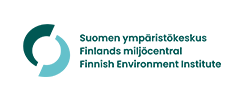
Subscribe to releases from Suomen ympäristökeskus
Subscribe to all the latest releases from Suomen ympäristökeskus by registering your e-mail address below. You can unsubscribe at any time.
Latest releases from Suomen ympäristökeskus
Vuoden 2026 alusta voimaan astuvat F-kaasuja koskevat uudet rajoitukset ja velvoitteet29.12.2025 16:03:26 EET | Tiedote
Vuosi 2026 tuo rajoituksia fluorattujen kasvihuonekaasujen (F-kaasujen) käytölle ilmastointilaitteiden ja lämpöpumppujen huollossa, desfluraanin käyttöön inhalaatioanesteettina ja uusia F-kaasuihin liittyviä laitekohtaisia kieltoja.
Nuoret vaativat merkittäviä muutoksia ruuan kulutukseen ja tuotantoon16.12.2025 12:00:00 EET | Tiedote
Nuorten ruokaraati vaatii avointa ja tutkittua tietoa ruuasta – sen alkuperästä, tuotantotavoista ja vaikutuksista ilmastoon, luontoon ja hyvinvointiin. Ilman selkeitä faktoja vastuulliset kulutusvalinnat eivät ole mahdollisia. Nuoret luovuttavat kannanottonsa kansalliseen ruokastrategiaan 2040 maa- ja metsätalousministeriön tilaisuudessa 16.12.2025.
Kommunernas utsläpp fortsätter minska – trafikens andel av utsläppen ökar16.12.2025 06:00:00 EET | Pressmeddelande
Enligt förhandsberäkningsuppgifterna för 2024 minskade Finlands växthusgasutsläpp enligt Hinku-beräkningsreglerna med cirka fem procent jämfört med föregående år. På lång sikt har utsläppen sedan år 2005 minskat med 40 procent och jämfört med år 1990 med 43 procent.
Kuntien päästöt laskevat edelleen – liikenteen osuus päästöistä kasvaa16.12.2025 06:00:00 EET | Tiedote
Vuoden 2024 ennakkolaskentatietojen perusteella Hinku-laskentasääntöjen mukaiset Suomen kasvihuonekaasupäästöt laskivat noin viisi prosenttia edelliseen vuoteen verrattuna. Pitkällä aikavälillä vuodesta 2005 lähtien päästöt ovat vähentyneet 40 prosenttia ja vuoteen 1990 verrattuna 43 prosenttia.
Viikkokatsaus 15.–19.12.202511.12.2025 12:59:58 EET | Tiedote
Hei! Tässä tiedoksesi meillä Suomen ympäristökeskuksessa ensi viikolla ilmestyviä tiedotteita, uutisia, kampanjoita, blogeja ja uutiskirjeitä. Mukana myös tulevia tapahtumia ja webinaareja. Jakelemme viikkokatsauksen torstaisin STT:n kautta. Koosteet löytyvät myös STT-uutishuoneesta, josta voit tilata kaikki Suomen ympäristökeskuksen tiedotteet.
In our pressroom you can read all our latest releases, find our press contacts, images, documents and other relevant information about us.
Visit our pressroom